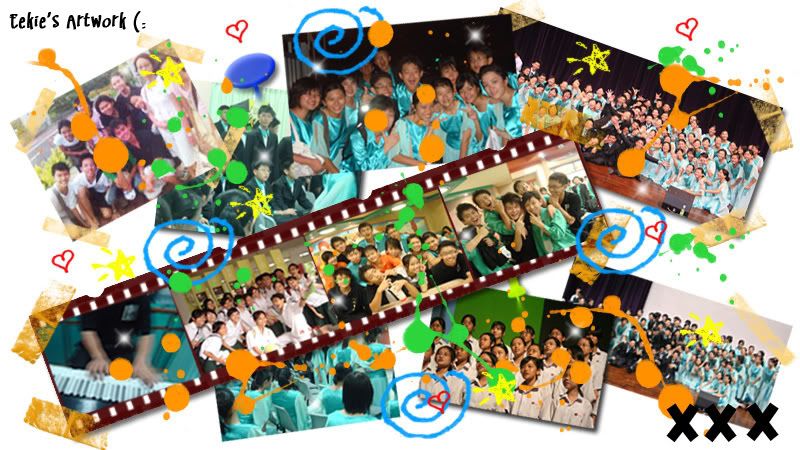

Everyone suddenly burst out singing;
And I was filled with such delight
As prisoned birds must find in freedom,
Winging wildly across the white
Orchards and dark-green fields; on - on - and out of sight.
Everyone's voice was suddenly lifted;
And beauty came like the setting sun:
My heart was shaken with tears; and horror
Drifted away ... O, but Everyone
Was a bird; and the song was wordless; the singing will never be done.
-- Siegfried Sassoon
In “Everyone Sang” Sassoon creates a beautiful vision of the past
juxtaposed with the dark reality of the future to illustrate the
language barrier after the war. Initially Sassoon paints a portrait of
happiness in which “everyone suddenly burst out singing” (1) which
“filled” him “with such delight” (2). While the scene Sassoon presents
is filled with gaiety and happiness, the lines are written in the past
tense, suggesting a sense of nostalgia and loss. The speaker no longer
feels the joy that once was a part of his or her life and the
verbalization of that joy, the “singing”, no longer exists. Sassoon
goes on to say that the scene’s “beauty came like the setting sun”
(8). The simile of the sunset reinforces the closure of the moment’s
idealism and “freedom” (3); eventually, like the setting sun, beauty
fades and reality takes over. Sassoon also compares the “delight” felt
to a type of emotion that “prisoned birds must find in freedom, /
winging wildly across the white/ orchards and dark-green fields; on –
on – and out of sight” (3-5). The joy the song evokes within the
speaker frees him, allowing him to escape the pressures of
life. However, in the final two lines of the poem, Sassoon revises his
memory and realizes that “Everyone / was a bird; and the song was
wordless” (9-10). Sassoon makes “Everyone” the “prisoned birds,” but
because the song is “wordless,” the possibility of “freedom” can never
actually be achieved. Because the words cannot be expressed, people no
longer have an outlet for joy or escape. Also, by using a semicolon to
separate the phrase “on – on – and out of sight” from the rest of the
thought, Sassoon suggests that the previous idea of freedom is what
flies “out of sight,” not the imprisoned birds. But Sassoon goes a
step further and proclaims that “the singing will never be done”
(10). Sassoon’s shift to future tense signals that language will never
be the same and can never return to its former purpose. Because
Sassoon wrote the poem in 1919, right after the end of the war, the
shift in tenses from past to future implies that the war is the
decisive change, represented by an ellipsis in line nine, in language
and expression.
Extracted from http://ayjw.org/articles.php?id=756530